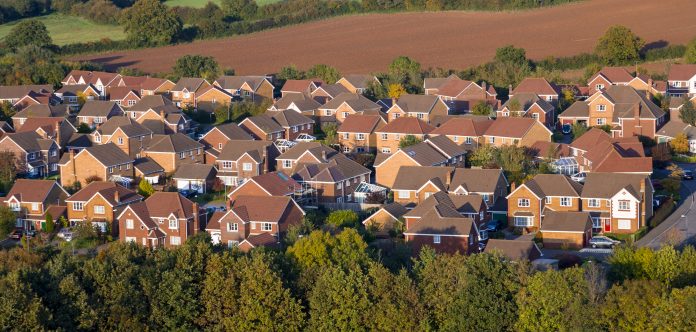The British economy has long been characterised by a north/south divide for a number of reasons and when it comes to the housing crisis, this remains
In June 2018, the number of properties for sale in the north dropped by 4.3% from the previous year, giving sellers more power to raise prices. In comparison, stock in the south jumped by an average of 17.5% over the same period, putting downward pressure on prices.
Lack of affordable housing
Perhaps more concerning is the fact that some of the biggest cities in the UK are approving plans for new developments which contain little or no affordable housing. This is no longer limited to London either, as the affordable housing crisis has steadily spread its way north in recent years.
In Sheffield, where house prices grew faster in 2017 than in any other UK city, just 1.4% of homes approved by planners met the government’s affordable definition in 2018. While in Nottingham the figure was 3.8% – despite the council aiming for 20% of new housing to be affordable. And it gets worse; in Manchester, the council granted planning permission for almost 15,000 homes to be built in developments across the city between 2016 and 2018 – none of which were affordable.
With these results in mind, comes as no surprise that the north is in the grips of a severe housing crisis. Meaning more and more people are struggling to get on the housing ladder, instead ending up in a vicious cycle of extortionate short-term tenancies in the private-rented sector – which offer little stability and minimal opportunities to save for a deposit.
Empty homes
Not only is there an affordable housing crisis in the north – but there is also a serious problem with homes sitting empty. In 2018, the number of empty homes in England rose for the first time in 10 years – accounting for around £50bn worth of the country’s property stock.
Apart from London – which is on a completely different scale with 20,237 properties vacant for six months or more as of 2017 – the problem of empty homes seems to be more prevalent in the north of England. In 2018, Bradford had 3,931 empty homes while Liverpool had 3,889 and Leeds had 2,709.
York also saw the biggest rise (322%) in the number of empty homes year-on-year and the Greater Manchester region had as many as 11,000 empty homes (around one in every 100 properties).
This could be due to a number of reasons. Landlords may be holding onto the properties and keeping them empty with the hopes of selling them at a favourable price when the market is better, for example. In preparation for demolitions taking place, many properties are also left vacant for up to two or even three years.
Clearly, filling empty homes is an issue for councils. But this alone isn’t going to solve the housing crisis. The reality is, councils need to build more (affordable) homes.
Working with councils to tackle the housing crisis
Public Sector Plc commented: “The problem with building new homes is that land is often bought by private developers who hike up prices to turn a higher profit – pushing homes out of reach for most people.
“It is, therefore, vital for councils to maximise available resources and plan local housing portfolios carefully by using innovative solutions to help utilise land and space.
“At Public Sector Plc, we work with councils to create affordable housing – building value in plots of land prior to selling them on the open market for a capital receipt. This has worked very successfully and seen hundreds of homes worth of housing land enter the market. We’re now working with a number of public sector bodies to help each partner realise their housing objectives in a new way.

















